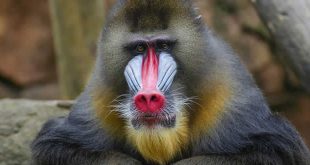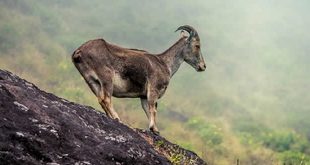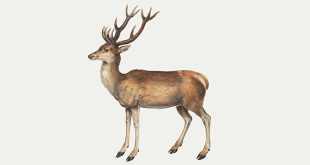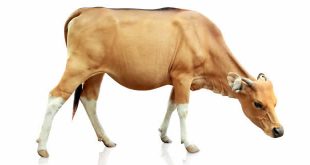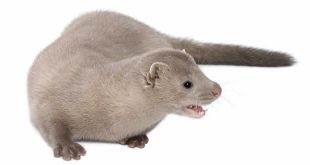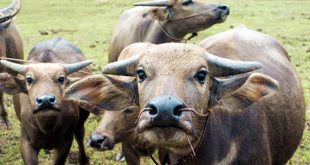 Cheetah — The cheetah (Acinonyx jubatus) is a member of the cat family (Felidae) that is unique for making up in speed and stealth what it lacks in climbing abilities. As such, it is placed in its own genus, Acinonyx. It is the fastest of all land animals and can reach speeds between 112 kilometres per hour (70 mph) and 120 kilometres per hour (75 mph) in short bursts up to 460 metres (500 yd), and has the ability to accelerate from 0 to 110 kilometres per hour (68 mph) in three seconds, faster than most supercars.
Cheetah — The cheetah (Acinonyx jubatus) is a member of the cat family (Felidae) that is unique for making up in speed and stealth what it lacks in climbing abilities. As such, it is placed in its own genus, Acinonyx. It is the fastest of all land animals and can reach speeds between 112 kilometres per hour (70 mph) and 120 kilometres per hour (75 mph) in short bursts up to 460 metres (500 yd), and has the ability to accelerate from 0 to 110 kilometres per hour (68 mph) in three seconds, faster than most supercars.
The word “cheetah” is derived from the Sanskrit word chitakaya, meaning “variegated body”.
The cheetah’s chest is deep and its waist is narrow. The coarse, short fur of the cheetah is tan with round black spots measuring from 2 centimetres (0.79 in) to 3 centimetres (1.2 in) across, affording it some camouflage while hunting. There are no spots on its white underside, but the tail has spots, which merge to form four to six dark rings at the end. The tail usually ends in a bushy white tuft. The cheetah has a small head with high-set eyes. Black “tear marks” run from the corner of its eyes down the sides of the nose to its mouth to keep sunlight out of its eyes and to aid in hunting and seeing long distances.
The adult cheetah weighs from 40 kilograms (88 lb) to 65 kilograms (140 lb). Its total body length is from 115 centimetres (45 in) to 135 centimetres (53 in), while the tail can measure up to 84 centimetres (33 in) in length. Males tend to be slightly larger than females and have slightly bigger heads, but there is not a great variation in cheetah sizes and it is difficult to tell males and females apart by appearance alone. Compared to a similarly-sized leopard, the cheetah is generally shorter-bodied, but is longer tailed and taller (it averages about 90 centimetres (35 in) tall) and so it appears more streamlined.
The cheetah thrives in areas with vast expanses of land where prey is abundant. In Namibia, it has been found in a variety of habitats, including grasslands, savannahs, dense vegetation, and mountainous terrain. The cheetah is found in the wild primarily in Africa, but in the past its range extended into India. Conservationists using camera traps have recently discovered surviving populations in Iran and are taking steps to protect them. In much of its former range, it was tamed by aristocrats and used to hunt antelopes in much the same way as is still done with members of the greyhound group of dogs. Aside from an estimated fifty cheetahs living in Iran (Khorasan Province), the distribution of the cheetah is now limited to Africa. There are five subspecies of cheetah in the genus Acinonyx: four in Africa and one in Iran. The endangered subspecies Acinonyx jubatus venaticus lives in Asia (Iran). In 1990, there were reports in the Times of India of a cheetah sighting in eastern India. There is a chance some cheetahs remain in India, though it is doubtful. There have also been several unconfirmed reports of Asiatic cheetahs in the Balochistan province of Pakistan, with at least one dead animal being recovered recently. The cheetah prefers to live in an open biotope, such as semi-desert, prairie, and thick brush.
 Kids Portal For Parents India Kids Network
Kids Portal For Parents India Kids Network
